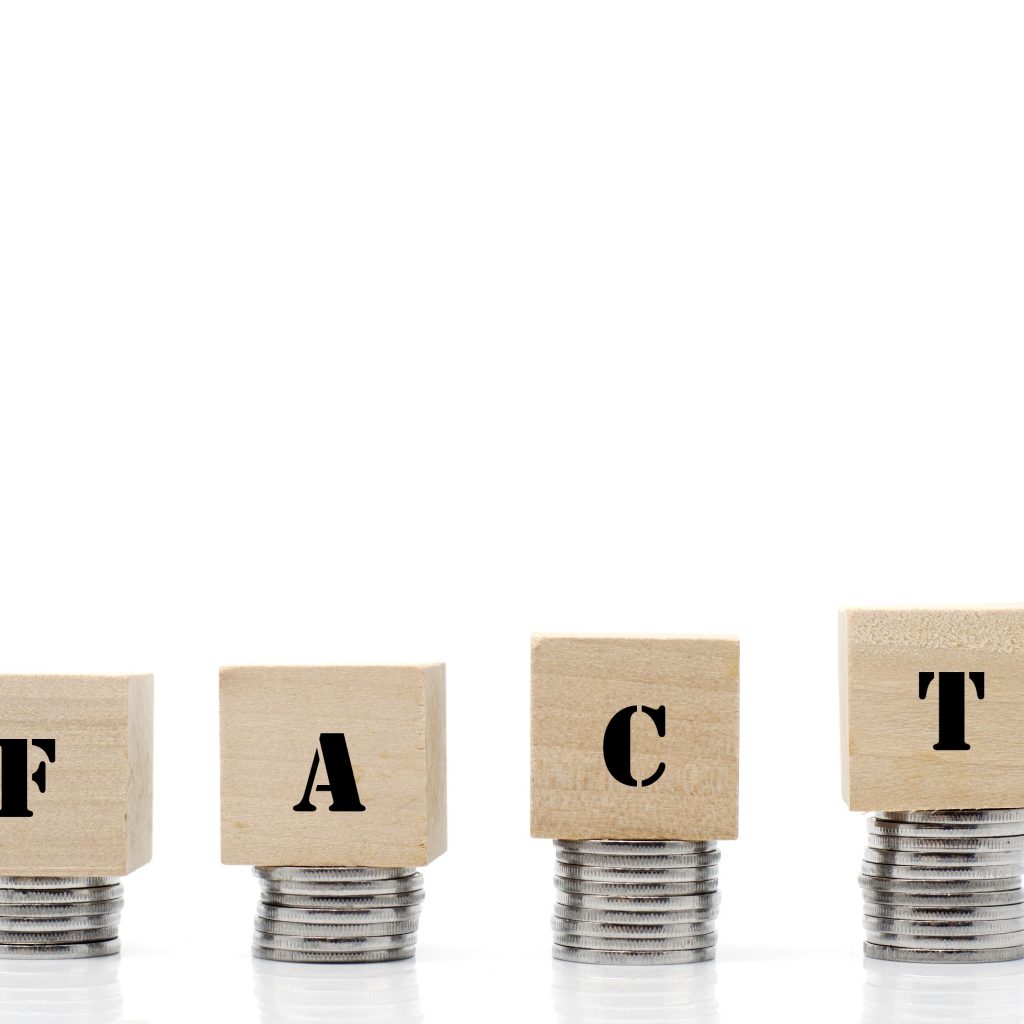
What is Loan Modification?
In short, loan modifications are adjustments to the current terms of a loan due to a borrower’s financial hardship. A loan modification agreement is a permanent modification to your current mortgage. This means that lenders may extend your loan term, lower the interest rate, convert your adjustable-rate mortgage to a fixed-rate loan, or even reduce the principal.
Eligibility for Loan Modification Agreement
To be eligible for a loan modification agreement, you will need to show that you cannot afford the current mortgage payment because of financial hardship. Lenders will usually require bank statements, tax returns, proof of income, a financial statement, and a letter of hardship.
Your letter should explain what happened that impacted your financial situation as well as a plan to remedy it. Be sure to include all supporting documents as well.
Your bank or financial institution may also require a detailed list of your current expenses. They may also require the IRS4506-T form, which grants the lender access to your tax information.
Advantages
Helps avoid foreclosure. Loan modification puts the brakes on foreclosure. It allows borrowers to adjust their monthly payment amount in order to stay in their home.
Lowers monthly payment. The purpose of modification is to make your mortgage payments more affordable and manageable.
Disadvantages
May extend your loan term. Your lender may extend your loan term to spread out payments over a longer period of time. This means that it’ll take longer to pay off your debt.
A repercussion of this is that you’ll end up paying more interest in the long run.
May drop your credit score. Lenders report loan modifications to credit bureaus. It will likely negatively impact your credit. Fortunately, it will still be better than having a foreclosure on your credit history.
(READ: FHA Qualification and Tips to Get Approved)
Loan Modification Agreement vs. Forbearance Agreement
A loan modification agreement is a permanent answer if you cannot afford your current mortgage payments. On the other hand, a forbearance agreement is a temporary solution.
Forbearance temporarily reduces or suspends your mortgage payments for a set period of time. After the forbearance period has passed, the borrower must continue the loan’s initial monthly payment. He must also repay any missed payments during the forbearance period.
Federal Programs
Right after the mortgage crisis, the government created the Home Affordable Modification Program or HAMP. This program ended at the end of 2016. The Flex Modification Program replaced HAMP in 2017.
To qualify for the Flex Modification program, homeowners must already have a Fannie Mae mortgage. Alternatively, banks may also have their own loan modification proprietary program.


